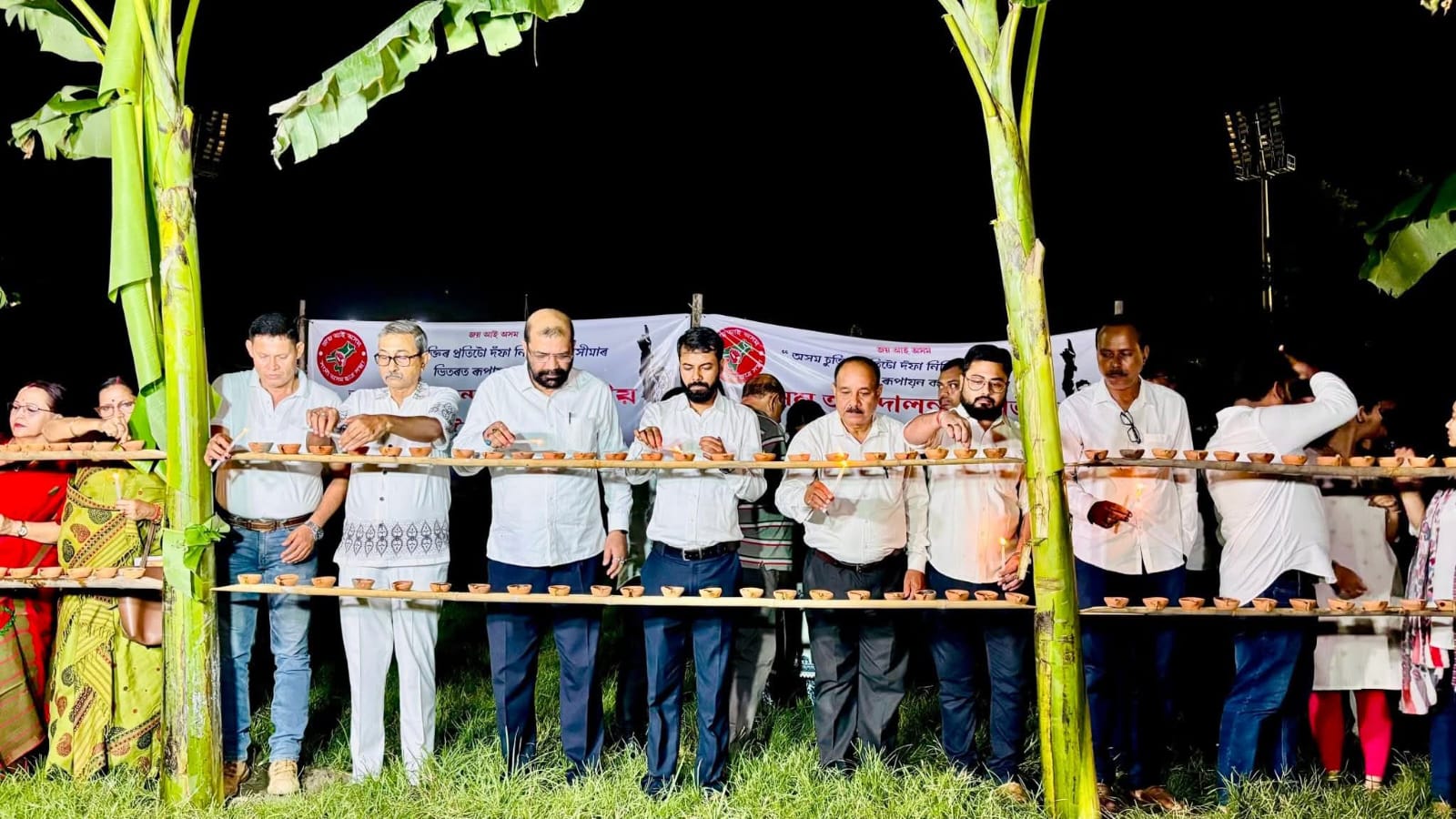
40 Years of Assam Accord: AASU Pays Tribute, Renews Call for Action

 :
| Updated On: 16-Aug-2025 @ 5:45 pm
:
| Updated On: 16-Aug-2025 @ 5:45 pmSHARE
On 15 August 2025, student organizations, including the All Assam Students’ Union (AASU), commemorated the 40th anniversary of the Assam Accord by paying tribute to the martyrs of the Assam agitation. The Assam Accord, signed on 15 August 1985 in New Delhi, was a historic agreement between representatives of the Government of India, the Government of Assam, and leaders of the six-year-long Assam agitation. It was designed to address the challenges posed by illegal immigration while protecting the cultural, linguistic, and political rights of the indigenous Assamese population.
The Assam agitation, spanning 1979 to 1985, was a large-scale movement led primarily by AASU and allied organizations. Its central objectives were to identify and deport illegal immigrants and ensure the protection of Assamese rights in employment, land ownership, language, and governance. The movement involved mass protests, strikes, rallies, and occasionally violent incidents, which resulted in substantial casualties and had long-lasting social and political repercussions. To resolve these issues, the Assam Accord set precise cut-off dates for determining the status of migrants: those who entered Assam before 1 January 1966 and those arriving between 1966 and 25 March 1971.
The Accord also ensured central government support for border management and development, while mandating state officials to update voter lists and resolve disputes related to citizenship. The Accord has served as a foundation for later initiatives, most notably the National Register of Citizens (NRC), and has influenced discussions surrounding the Citizenship (Amendment) Act. While it represents a milestone in defining Assamese identity, its implementation has faced persistent obstacles, including legal, administrative, and technical challenges.
Despite four decades since its signing, many key provisions of the Assam Accord remain unfulfilled. Indigenous communities have expressed frustration over the slow pace of implementation, citing ongoing threats to culture, land, and demographic balance. Villagers from Nagaon and educators from Tinsukia have emphasized that while some administrative measures like document verification are in place, the broader protections promised under the Accord remain inadequate. Youth activists have voiced similar concerns, describing the Accord as “just paper” and questioning whether it provides substantive security for Assamese rights.
AASU leaders, including Utpal Sarma and Samiran Phukon, criticized the government for failing to execute the Accord fully. They highlighted that illegal immigration continues to influence Assam’s demographic composition, and gaps in policy enforcement have weakened the Accord’s effectiveness. District-level student unions in Tinsukia and Dibrugarh organized lamp-lighting ceremonies to honor the martyrs and raise awareness about the ongoing relevance of the Accord.
Legal verification of citizenship has been particularly challenging due to porous borders and lengthy judicial processes, causing delays and disputes. Similarly, development-related promises outlined in the Accord, such as infrastructure improvements and economic support for affected communities, have seen slow progress, further diminishing public confidence in its full realization.
As Assam marks forty years since the Accord’s signing, the anniversary serves both as a tribute to those who sacrificed their lives during the agitation and as a reminder that the Accord’s commitments must be fully implemented. Achieving these goals is considered crucial for maintaining social harmony, protecting indigenous rights, and ensuring lasting stability in the state. The day underscores the dual necessity of honoring past struggles and actively pursuing the fulfillment of the Accord’s promises for the benefit of present and future generations of Assam.